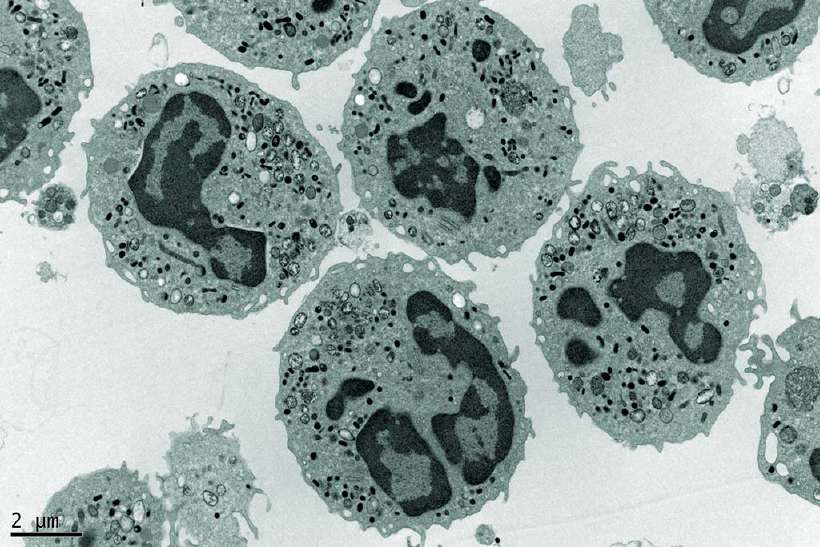Some 15 years back when I was still in school, our class teacher, Mrs. Khurana, would remain absent from school and class almost every other day. We kids were very happy without realising and neither did we bother to find out the reason for her absence.
It was only later that our principal informed us that Mrs. Khurana’s only son was suffering from leukaemia (wrongly called blood cancer). I remember later that Mrs. Khurana took her son to abroad where he underwent a bone marrow transplant.
All this happened years ago, when cancer was “the most dreaded disease”. I was under the impression that in this day and age most any disease was curable except of course for AIDS and that too doctors are working round the clock to find a cure.
However, I found out that this disease could strike anyone anytime. Most people think that leukaemia is a form of cancer of the blood. This is not strictly true. Leukaemia is really a cancer of the bone marrow.
The bone marrow is found in the cavities of the long bones, ribcage and pelvis and contains many different types of cells, which actually produce all the various types of blood cells. Blood, which nourishes our body is essential to life. There are many different substances like red blood cells, white blood cells, platelets, etc in the blood, each with a job to do. There needs to be a certain number of cells of each in our blood.
The bone marrow is the body’s blood making factory producing millions of red and white blood cells each and every day of our lives. If one of these bone marrow cells becomes cancerous, it gets out of control. These cells then push out all the normal blood making cells from the bone marrow. Consequently normal blood production stops and the bone marrow and blood begin to fill up with cancerous cells.
Various bone marrow cells give rise to various types of blood cells and depending on which marrow cell goes out of control, a particular type of leukaemia affects the person.

Broadly speaking there are two main categories of leukaemia – acute and chronic. Acute leukaemia starts suddenly and progresses rapidly, sometimes even killing the patient in a matter of weeks if left untreated. Chronic leukaemia starts gradually and progresses slowly taking many months or even years.
In acute leukaemia the lymphocytes (white blood cells) are affected. Lymphocytes produce antibodies, which are vital parts of the body’s immune system.
Years ago, a person with leukaemia was considered really hopeless. Advances in modern drugs and treatments have led to enormous improvements in survival and cure rates. Today, almost two-thirds of children and about 30% of adults are cured through strong drugs and chemotherapy.
A new form of treatment is bone marrow transplantation. Here the bone marrow cells from a donor, is transplanted into the bloodstream of the patient. The new healthy bone marrow cells find their way to the bone marrow cavity and start producing normal blood cells.
Modern research is still working towards early detection of leukaemia and easier and faster cure for this disease.
552 words |
5 minutes
Readability:
Grade 8 (13-14 year old children)
Based on Flesch–Kincaid readability scores
Filed under: 5ws and h
Tags: #diseases, #leukaemia, #cancer
You may also be interested in these:
Screen Saver that saves
Who discovered Vaccination?
Rat Menace
What is Mad Cow Disease?
Boys' cancer unites warring people